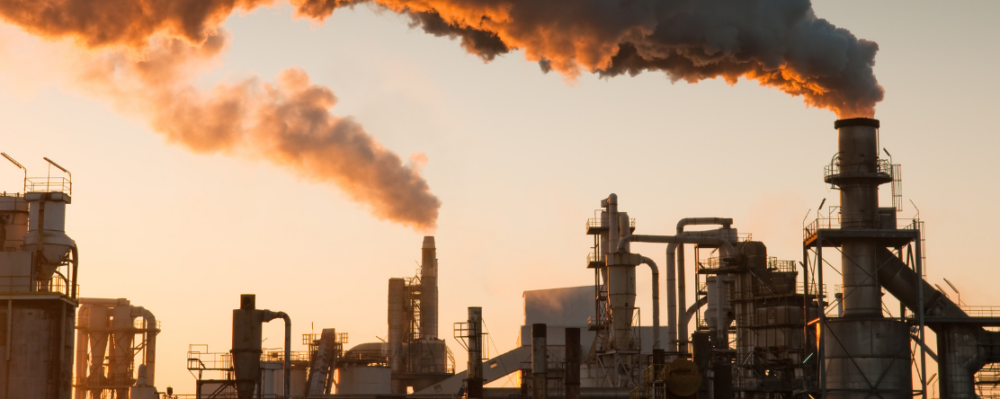
Act on Climate: California Communities Addressing Climate Change and Health
-
Focus Areas
Chronic Disease Prevention, Environmental Health, Healthy Communities -
Issues
Climate Change -
Programs
Center for Climate Change and Health
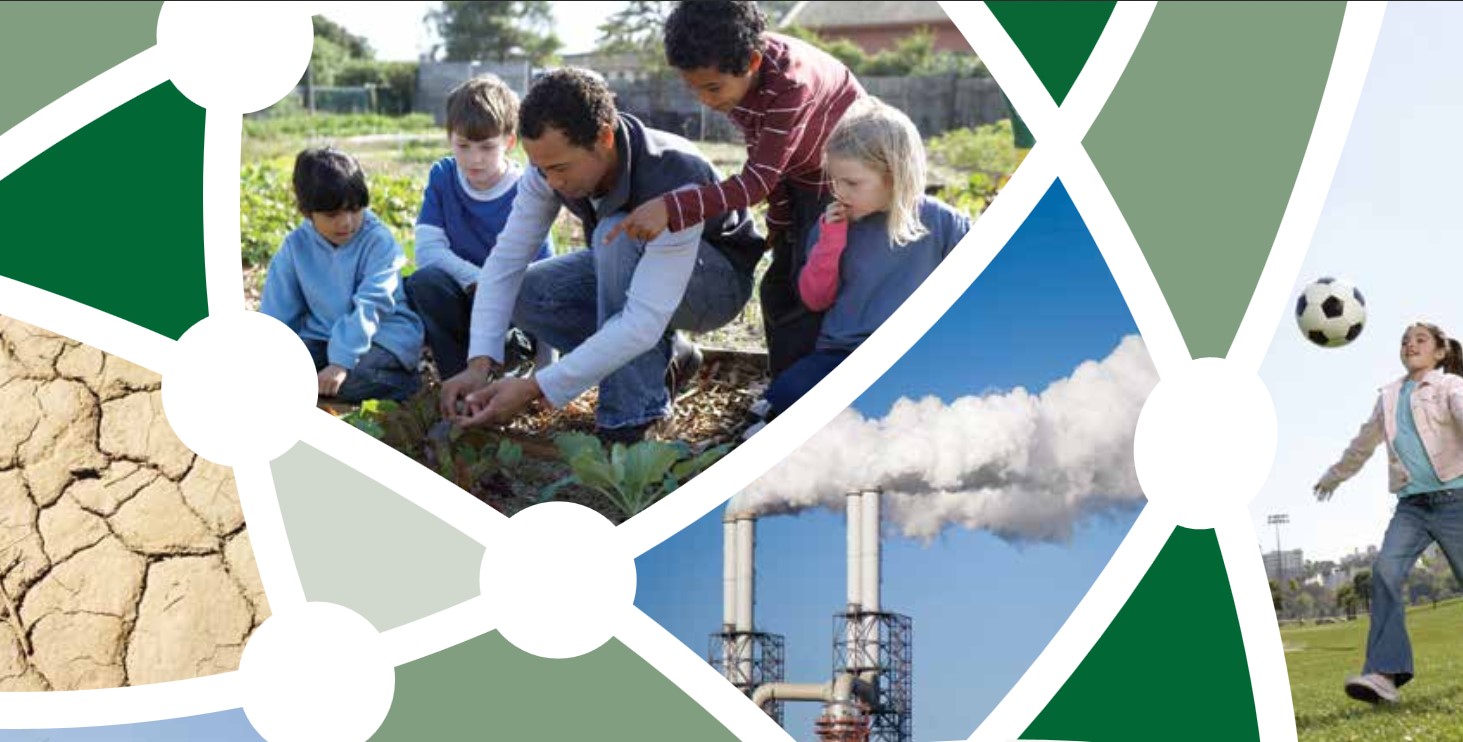
 From solar buses in Gilroy to resilience and adaptation planning in West Oakland to promotora education in National City, California communities are already working to address the intersection of climate change and public health. This report provides a series of case studies from communities across the state, demonstrating how local communities can incorporate climate change impacts and solutions into public health and strategies.
From solar buses in Gilroy to resilience and adaptation planning in West Oakland to promotora education in National City, California communities are already working to address the intersection of climate change and public health. This report provides a series of case studies from communities across the state, demonstrating how local communities can incorporate climate change impacts and solutions into public health and strategies.
Here are other ways to get involved:
- Help spread the word: Share the case studies on Facebook or with a tweet: Frm solar buses to diesel regs. Here’s how CA communities #ActOnClimate and #health http://bit.ly/CAClimateAction via @phidotorg
- Are you working locally to address climate change and health? The Center for Climate Change and Health wants to hear about your work! Share your community’s story.
- Join the The U.S. Climate and Health Alliance, a national network of health and public health practitioners dedicated to addressing the threats of climate change to health.
Central Coast, California
Central Coast Youth Highlight Connections Among Climate Change, Food Systems and Health

In Youth Action Labs organized around the US by the Alliance for Climate Education (ACE), high school students develop the leadership skills they need to take action to address climate change and its impacts in their communities. In California’s Central Coast, Action Labs have been a place for students to talk about climate change issues that their community and families already face on a daily basis, and about how climate change impacts the food system and public health. Recognizing that healthy and strong communities begin with appreciation for one’s community, the students organized the first ever Central Coast Farmworker Appreciation Day.
Contra Costa County, California
Health Department Brings Health Equity Lens to Contra Costa County Climate Action Plan
Recognizing that climate change would affect the same Contra Costa communities  already grappling with health inequities and environmental toxins, a small group of people at Contra Costa County Health Services had been discussing what they could do to address the issue. The county’s proposed Climate Action Plan offered the opportunity they’d been looking for. The group, made up of public health staff who work on issues ranging from environmental justice, indoor air quality, and epidemiology to the built environment, decided to analyze the health co-benefits of activities that might be pursued under the Climate Action Plan.
already grappling with health inequities and environmental toxins, a small group of people at Contra Costa County Health Services had been discussing what they could do to address the issue. The county’s proposed Climate Action Plan offered the opportunity they’d been looking for. The group, made up of public health staff who work on issues ranging from environmental justice, indoor air quality, and epidemiology to the built environment, decided to analyze the health co-benefits of activities that might be pursued under the Climate Action Plan.
Gilroy, California
Solar School Buses a “Disruptive Innovation” to Reduce Emissions, Protect Lungs
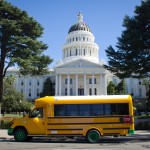 California’s Santa Clara County received a “D” in two out of three air quality indicators in the American Lung Association’s 2014 State of the Air report. Transportation is a major source of greenhouse gas emissions in California and a leading contributor to air pollution. So Breathe California of the Bay Area (Breathe CA), together with a select, cross-sector team of partners, embarked on an innovative strategy to eliminate some of that diesel pollution. They’re piloting an electric school bus, with a plan to create a solar-powered bus fleet for the Gilroy Unified School District that could spark change around the country.
California’s Santa Clara County received a “D” in two out of three air quality indicators in the American Lung Association’s 2014 State of the Air report. Transportation is a major source of greenhouse gas emissions in California and a leading contributor to air pollution. So Breathe California of the Bay Area (Breathe CA), together with a select, cross-sector team of partners, embarked on an innovative strategy to eliminate some of that diesel pollution. They’re piloting an electric school bus, with a plan to create a solar-powered bus fleet for the Gilroy Unified School District that could spark change around the country.
Inglewood, California
Climate Change is a Social Justice Issue in Inglewood, California
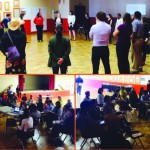 In 2012, the Social Justice Learning Institute (SJLI) launched the Healthy and Sustainable Inglewood Collaborative (HSIC) to help the community get involved in community planning processes that could make a difference, such as the long-overdue update to the city’s General Plan. As SJLI executive director Dr. D’Artagnan Scorza puts it, “In Inglewood, climate change is a significant social justice issue.”
In 2012, the Social Justice Learning Institute (SJLI) launched the Healthy and Sustainable Inglewood Collaborative (HSIC) to help the community get involved in community planning processes that could make a difference, such as the long-overdue update to the city’s General Plan. As SJLI executive director Dr. D’Artagnan Scorza puts it, “In Inglewood, climate change is a significant social justice issue.”
Modesto, California
Valley Improvement Projects, “Working with the community to improve the community”
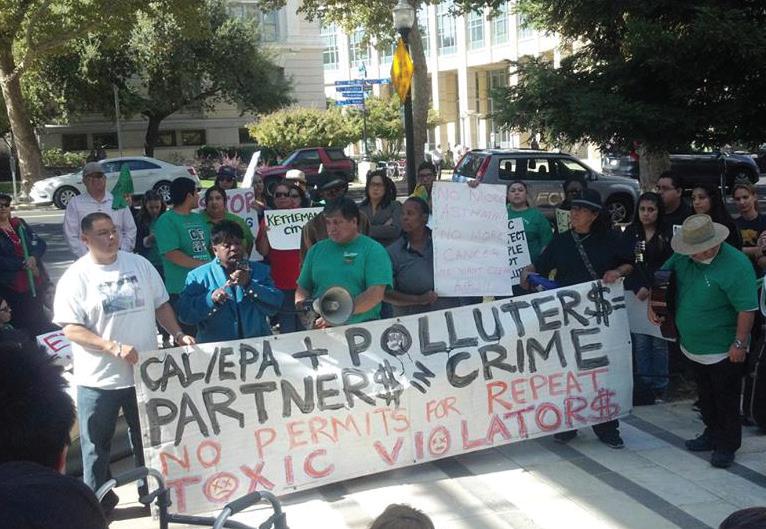 In 1975, the United Farm Workers march to a large winery in Modesto energized the successful push for laws to protect farmworkers’ rights. More than 30 years later, Modesto-based Valley Improvement Projects (VIP) is carrying on the area’s history of fighting for social and environmental justice. VIP has a vision of sustainable communities with clean air, water, and soil, powered by renewable energy.
In 1975, the United Farm Workers march to a large winery in Modesto energized the successful push for laws to protect farmworkers’ rights. More than 30 years later, Modesto-based Valley Improvement Projects (VIP) is carrying on the area’s history of fighting for social and environmental justice. VIP has a vision of sustainable communities with clean air, water, and soil, powered by renewable energy.
San Diego, California
Working with Community Clinics to Link Climate and Health in San Diego
 City Heights and National City are diverse, low income communities in the San Diego/Tijuana region of Southern California, with residents that include refugees and immigrants from over 60 countries. It is a region that is facing the impacts of climate change, including wildfires, heat waves, and water issues, and in some communities, air pollution and higher asthma rates. The Environmental Health Coalition (EHC) works in the region to address environmental justice issues, and partnered with La Maestra Community Health Centers to help Promotores and staff communicate with patients about the connections, and lay the groundwork to influence and advocate for San Diego’s Climate Mitigation and Adaptation Plan (CMAP).
City Heights and National City are diverse, low income communities in the San Diego/Tijuana region of Southern California, with residents that include refugees and immigrants from over 60 countries. It is a region that is facing the impacts of climate change, including wildfires, heat waves, and water issues, and in some communities, air pollution and higher asthma rates. The Environmental Health Coalition (EHC) works in the region to address environmental justice issues, and partnered with La Maestra Community Health Centers to help Promotores and staff communicate with patients about the connections, and lay the groundwork to influence and advocate for San Diego’s Climate Mitigation and Adaptation Plan (CMAP).
West Oakland, California
Building a Community-Engaged Approach to Adaptation and Resilience in Oakland, CA
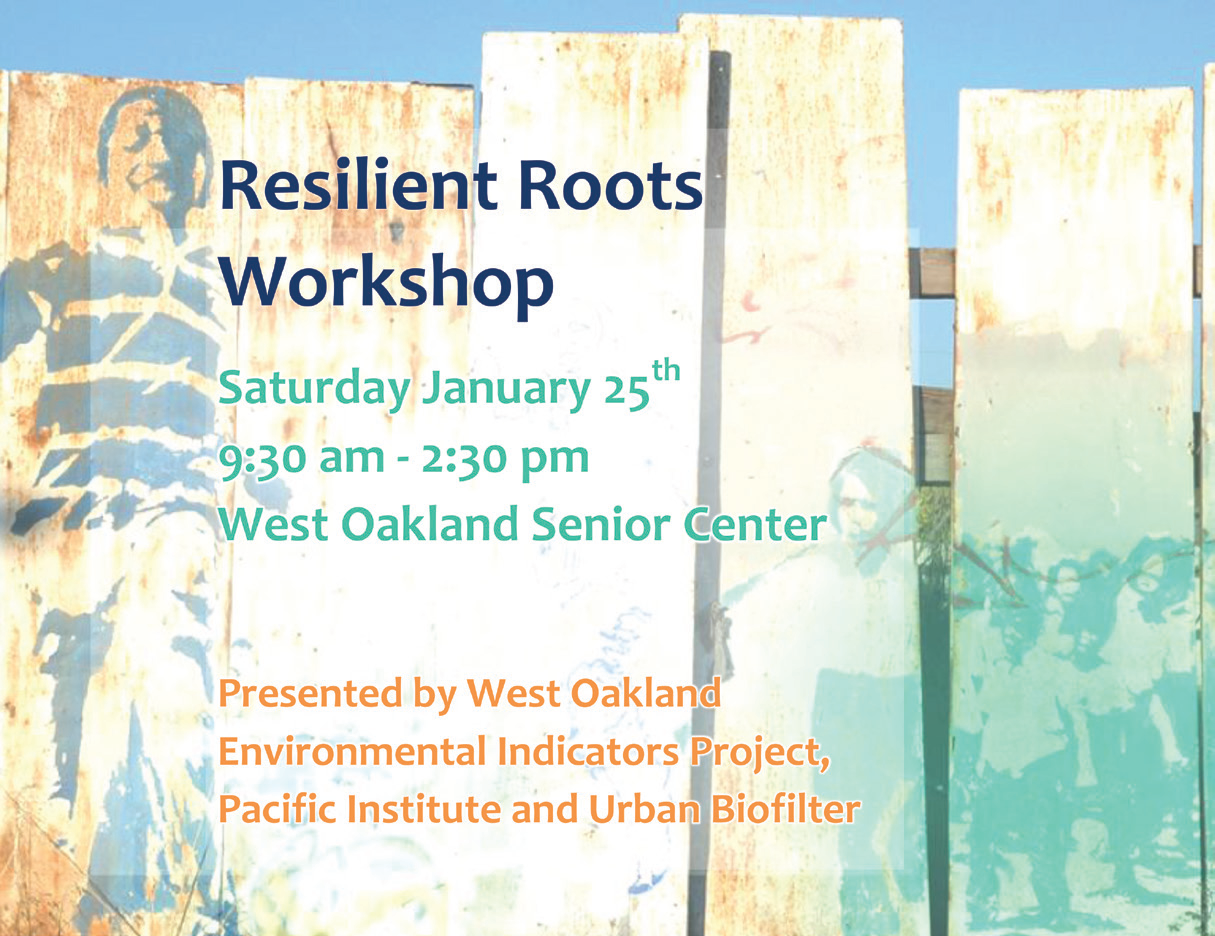 The West Oakland community of Oakland, California has many reasons to be concerned about climate change. The Resilience and Adaptation Committee of the Oakland Climate Action Coalition is working to address these threats with solutions that build on community strengths and focus on locally scaled, community driven, sustainable steps that improve residents’ quality of life.
The West Oakland community of Oakland, California has many reasons to be concerned about climate change. The Resilience and Adaptation Committee of the Oakland Climate Action Coalition is working to address these threats with solutions that build on community strengths and focus on locally scaled, community driven, sustainable steps that improve residents’ quality of life.
Wilmington, California
Fighting for Environmental Justice in the Diesel Death Zone
“Almost every family I know has someone suffering from asthma, respiratory health problems, lung disease, or cancer,” says Jesse Marquez, founder of Communities for a Safe Environment. “Our community is located in what is now called the “Diesel Death Zone.” Marquez, who lives four blocks form the Port of Los Angeles, decided something needed to be done to address the alarming public health and safety risks he and his community were facing.
These case studies were created in partnership with PHI’s Center for Climate Change and Health and the Community Food & Justice Coalition.
Work With Us
You change the world. We do the rest. Explore fiscal sponsorship at PHI.
Support Us
Together, we can accelerate our response to public health’s most critical issues.
Find Employment
Begin your career at the Public Health Institute.



